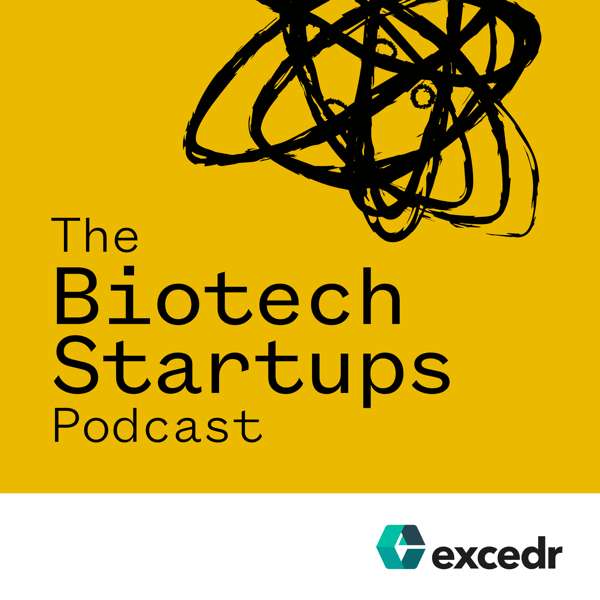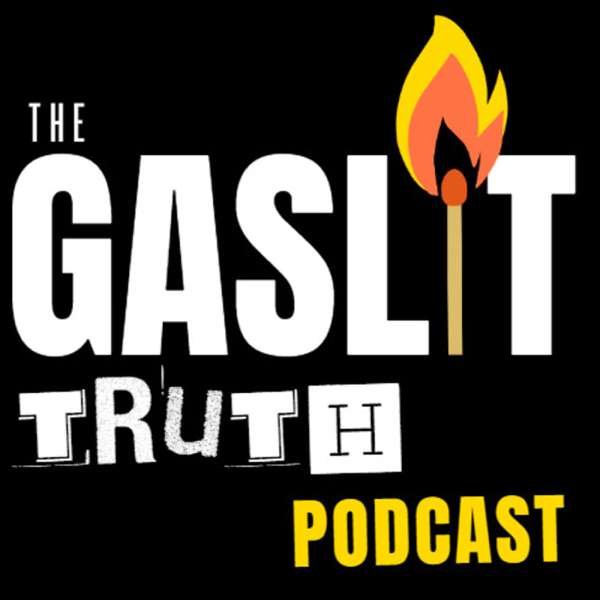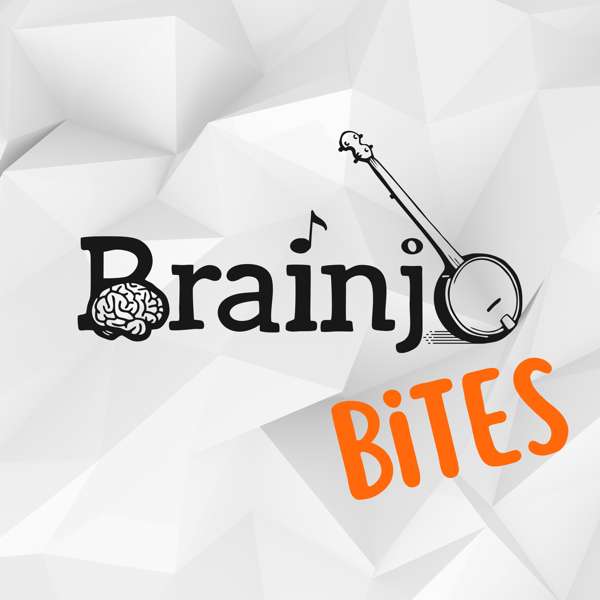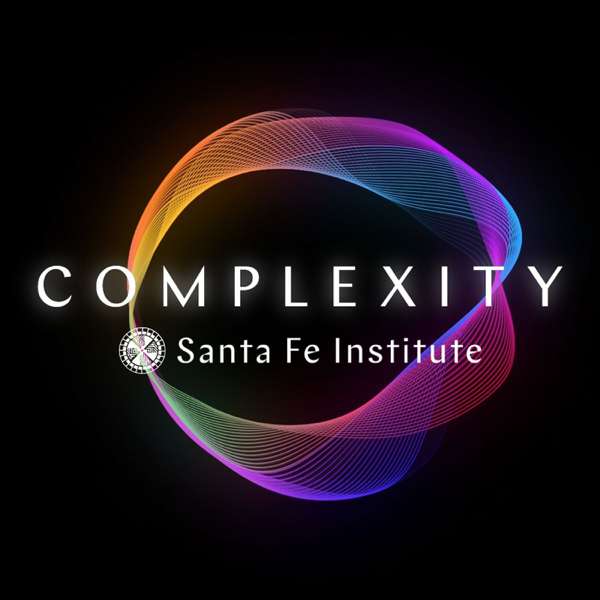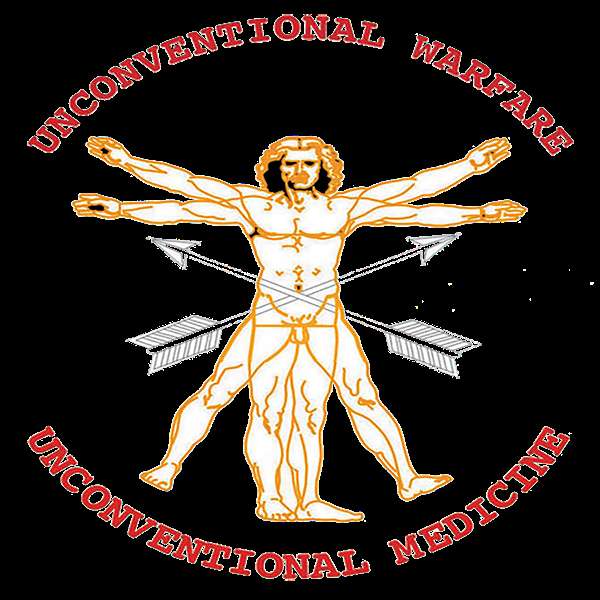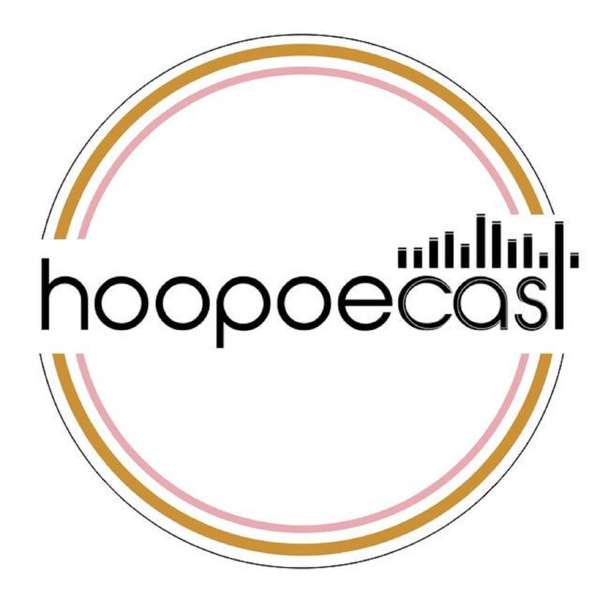Parkinson's disease is a neurodegenerative disorder characterized by uncontrollable movements, stiffness, and cognitive decline. Curious? Come learn more!
Please rate, review, and subscribe and if you have any questions, comments, concerns, queries, or complaints, please email me at neuroscienceamateurhour@gmail.com or DM me at NeuroscienceAmateurHour on Instagram.
Also if you have the means/desire to financially support this podcast - please go to https://www.buymeacoffee.com/neuroscience
I really appreciate it!!!
Citations and relevant papers are below.
National Institute on Aging. Parkinson’s Disease: Causes, Symptoms, and Treatments. National Institute on Aging.
Hogg E, Frank S, Oft J, Benway B, Rashid MH, Lahiri S. Urinary Tract Infection in Parkinson’s Disease. Journal of Parkinson’s Disease. 2022;12(3):743-757.
Yu J. Stages of Parkinson’s | Parkinson’s Foundation. www.parkinson.org. Published 2022.
Zhang ZX, Dong ZH, Román GC. Early Descriptions of Parkinson Disease in Ancient China. Archives of Neurology. 2006;63(5):782.
2-Minute Neuroscience: Direct Pathway of the Basal Ganglia. www.youtube.com.
2-Minute Neuroscience: Indirect Pathway of the Basal Ganglia. www.youtube.com.
Thanvi B, Lo N, Robinson T. Levodopa-induced dyskinesia in Parkinson’s disease: clinical features, pathogenesis, prevention and treatment. Postgraduate Medical Journal. 2007;83(980):384-388.
Zhang JF, Wang XX, Feng Y, Fekete R, Jankovic J, Wu YC. Impulse Control Disorders in Parkinson’s Disease: Epidemiology, Pathogenesis and Therapeutic Strategies. Frontiers in Psychiatry. 2021;12.
Hisahara S, Shimohama S. Dopamine Receptors and Parkinson’s Disease. International Journal of Medicinal Chemistry. 2011;2011:1-16.
Houston. Tmc.edu. Published October 20, 2020. https://nba.uth.tmc.edu/neuroscience/m/s3/chapter04.html
Ovallath S, Sulthana B. Levodopa: History and Therapeutic Applications. Annals of Indian Academy of Neurology. 2017;20(3):185-189.
Levodopa | Parkinson’s Foundation. www.parkinson.org. https://www.parkinson.org/living-with-parkinsons/treatment/prescription-medications/levodopa
Kelly MJ, Baig F, Hu MTM, Okai D. Spectrum of impulse control behaviours in Parkinson’s disease: pathophysiology and management. Journal of Neurology, Neurosurgery & Psychiatry. 2020;91(7):703-711.
Gerfen CR, Surmeier DJ. Modulation of Striatal Projection Systems by Dopamine. Annual Review of Neuroscience. 2011;34(1):441-466.
Sayare S. The Woman Who Could Smell Parkinson’s. The New York Times. https://www.nytimes.com/2024/06/14/magazine/parkinsons-smell-disease-detection.html. Published June 14, 2024.
Blandini F, Nappi G, Tassorelli C, Martignoni E. Functional changes of the basal ganglia circuitry in Parkinson’s disease. Progress in Neurobiology. 2000;62(1):63-88.
Lanciego JL, Luquin N, Obeso JA. Functional Neuroanatomy of the Basal Ganglia. Cold Spring Harbor Perspectives in Medicine. 2012;2(12):a009621-a009621.
Modem FuturaModem Futura is your guide to the bold frontiers of tomorrow, where technology,...
Listen on: Apple Podcasts Spotify
Support the show

 Our TOPPODCAST Picks
Our TOPPODCAST Picks  Stay Connected
Stay Connected


